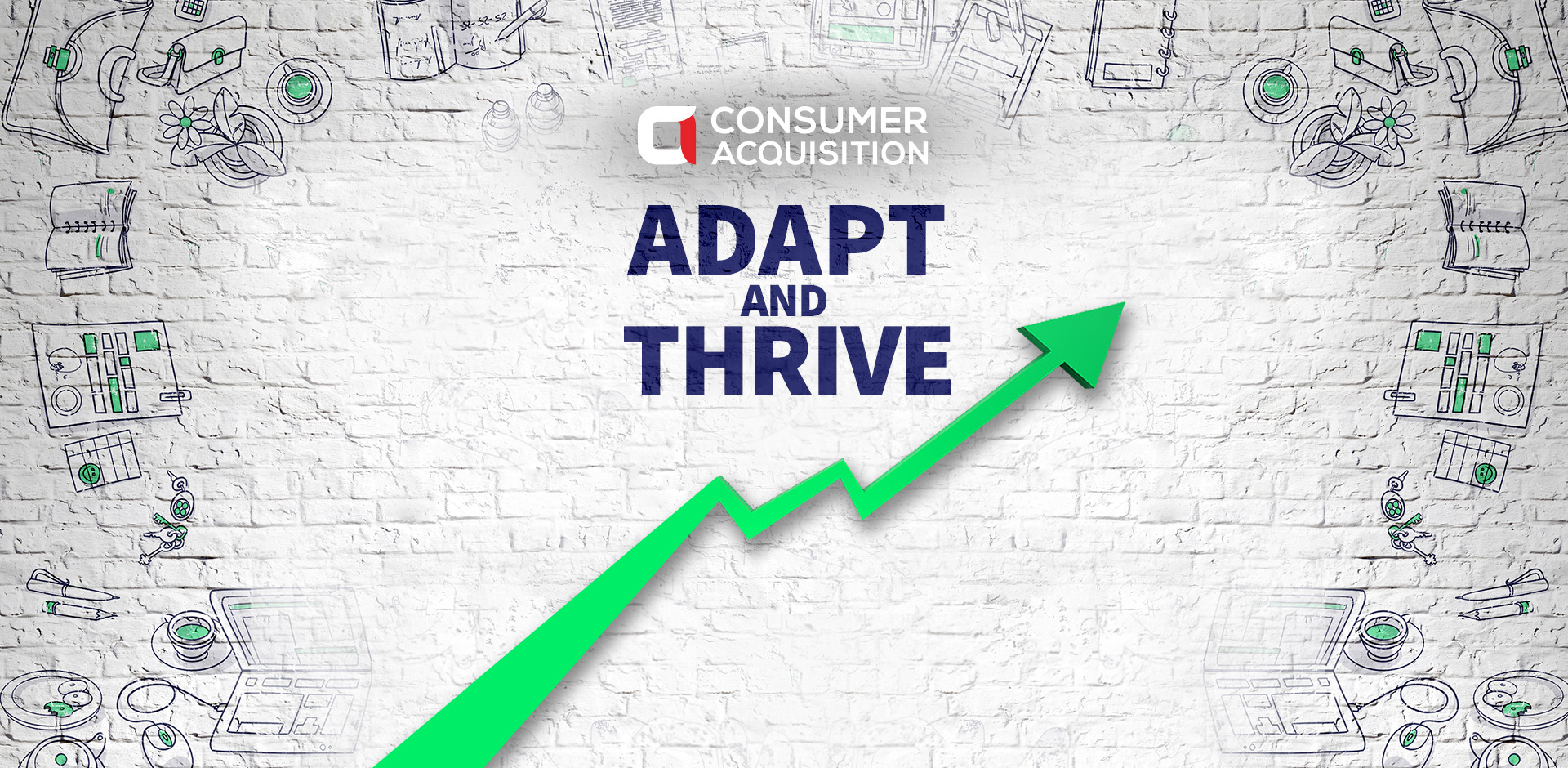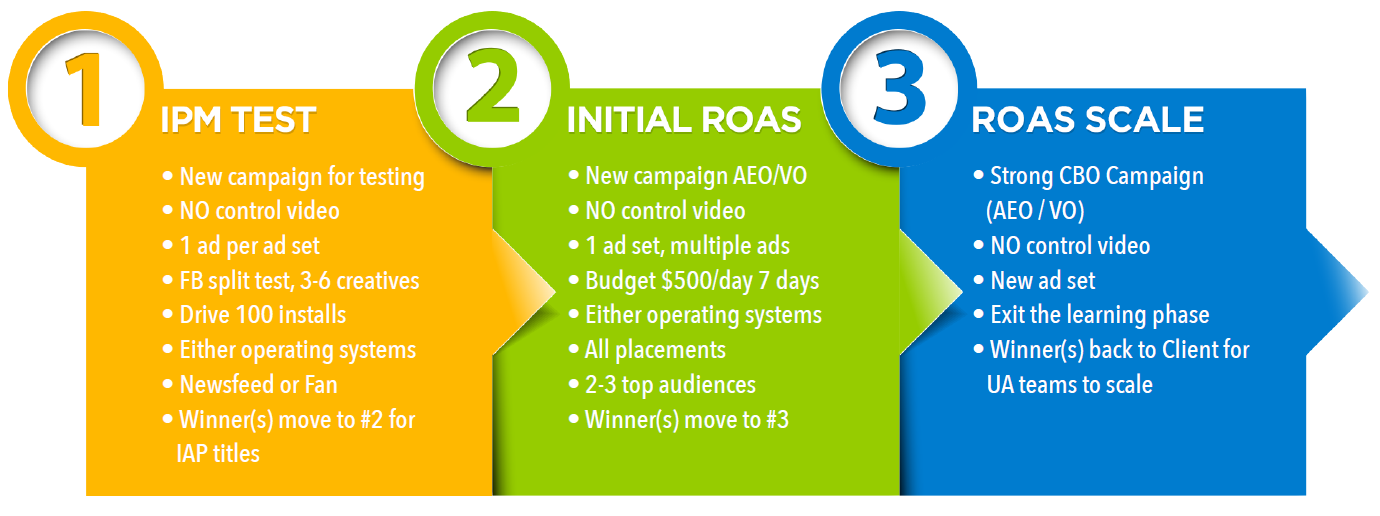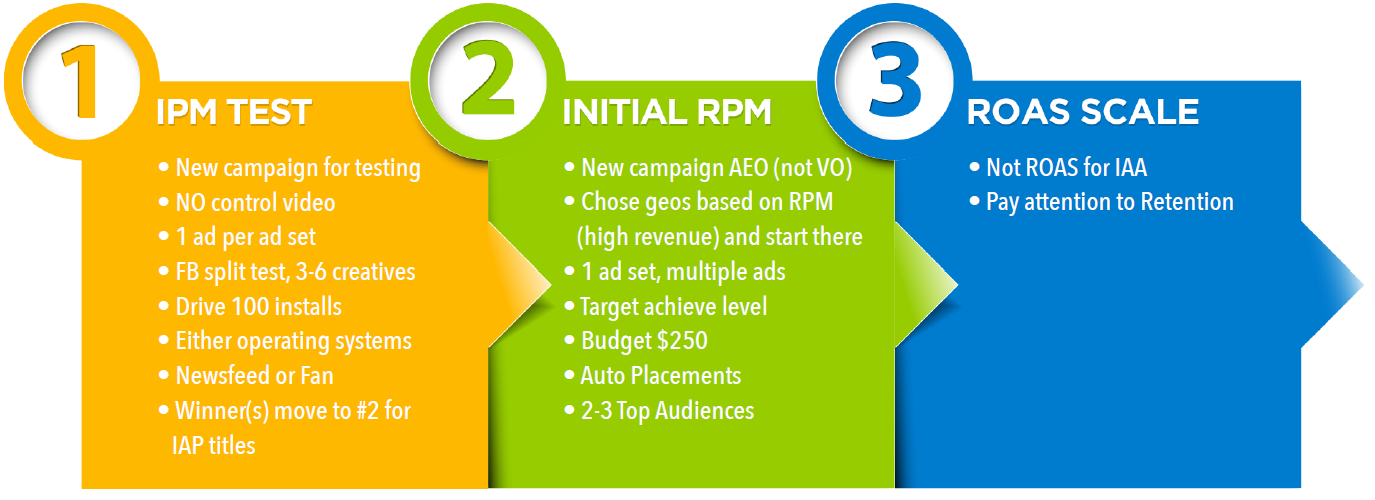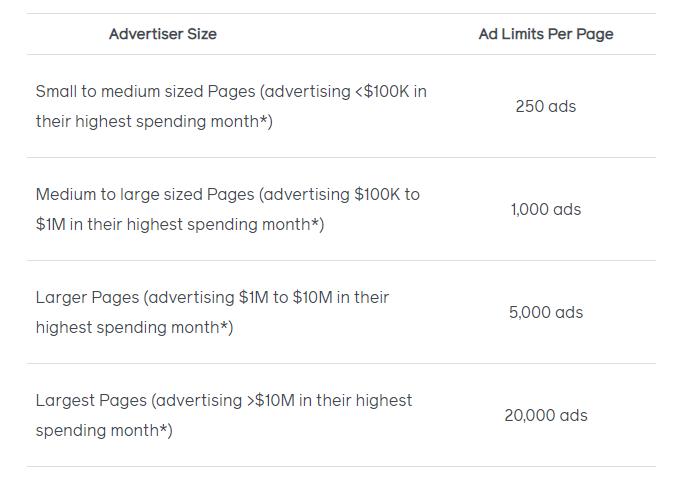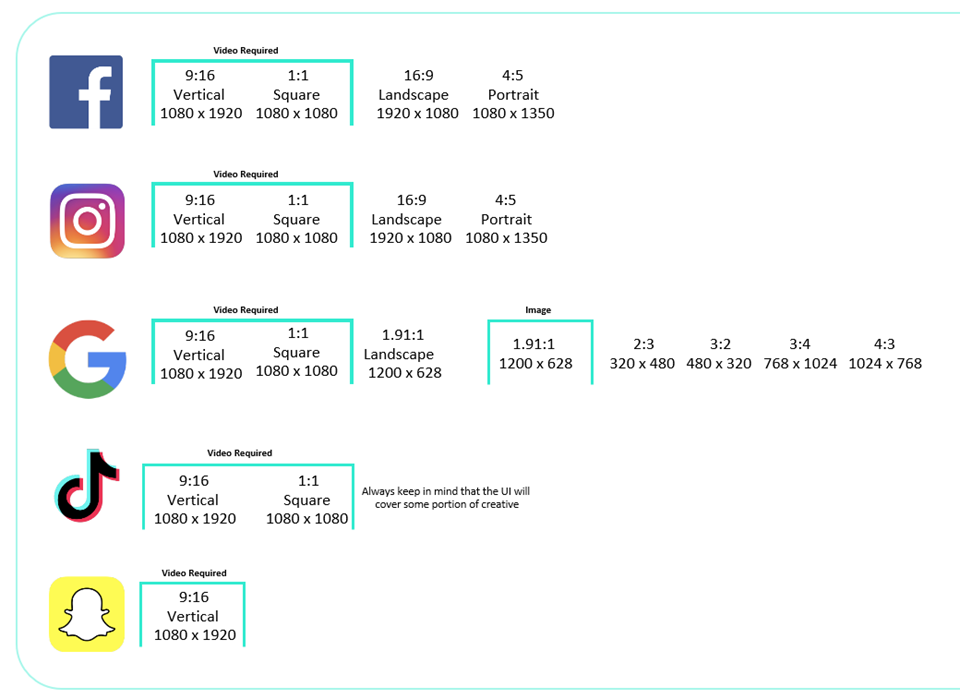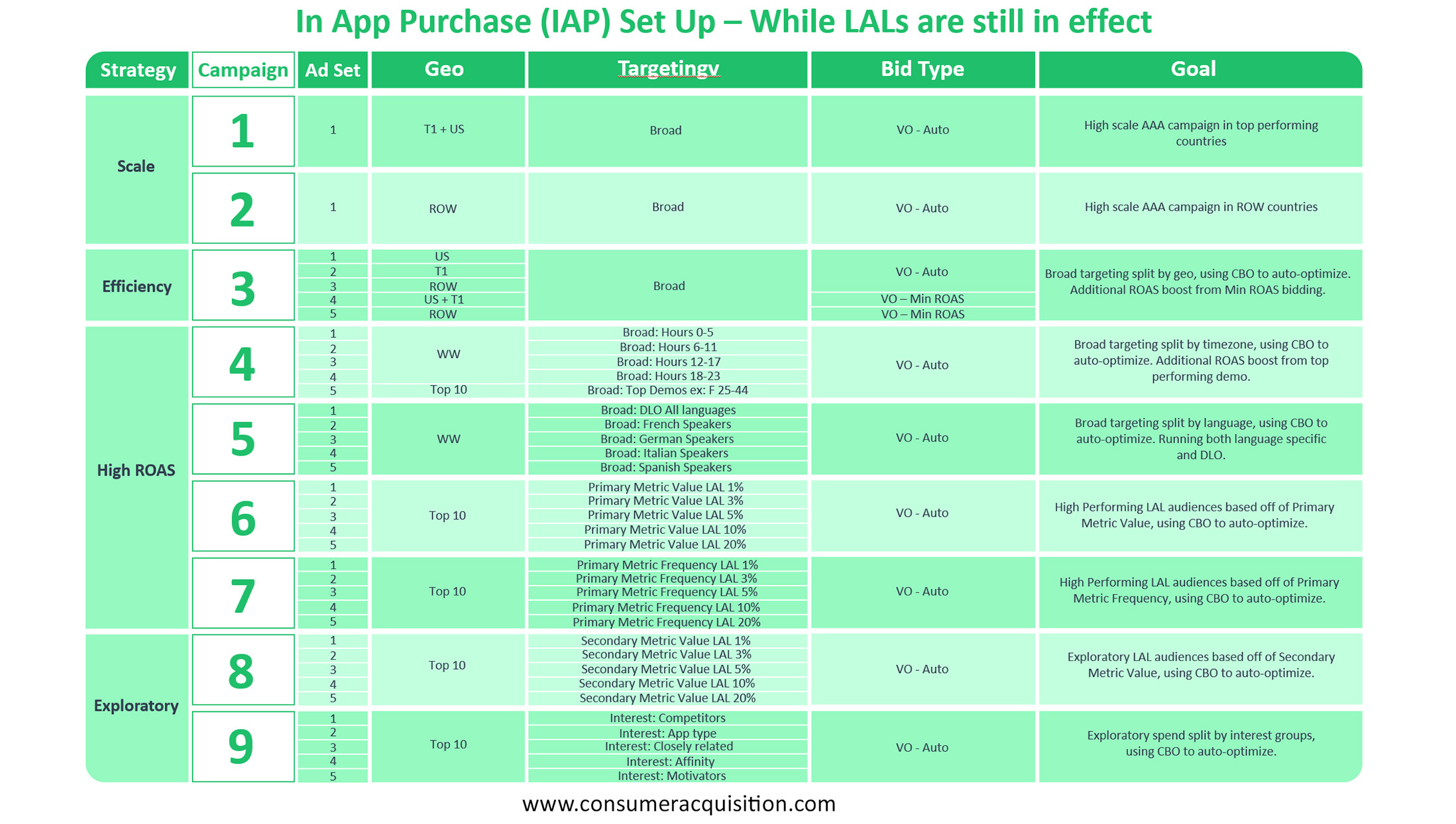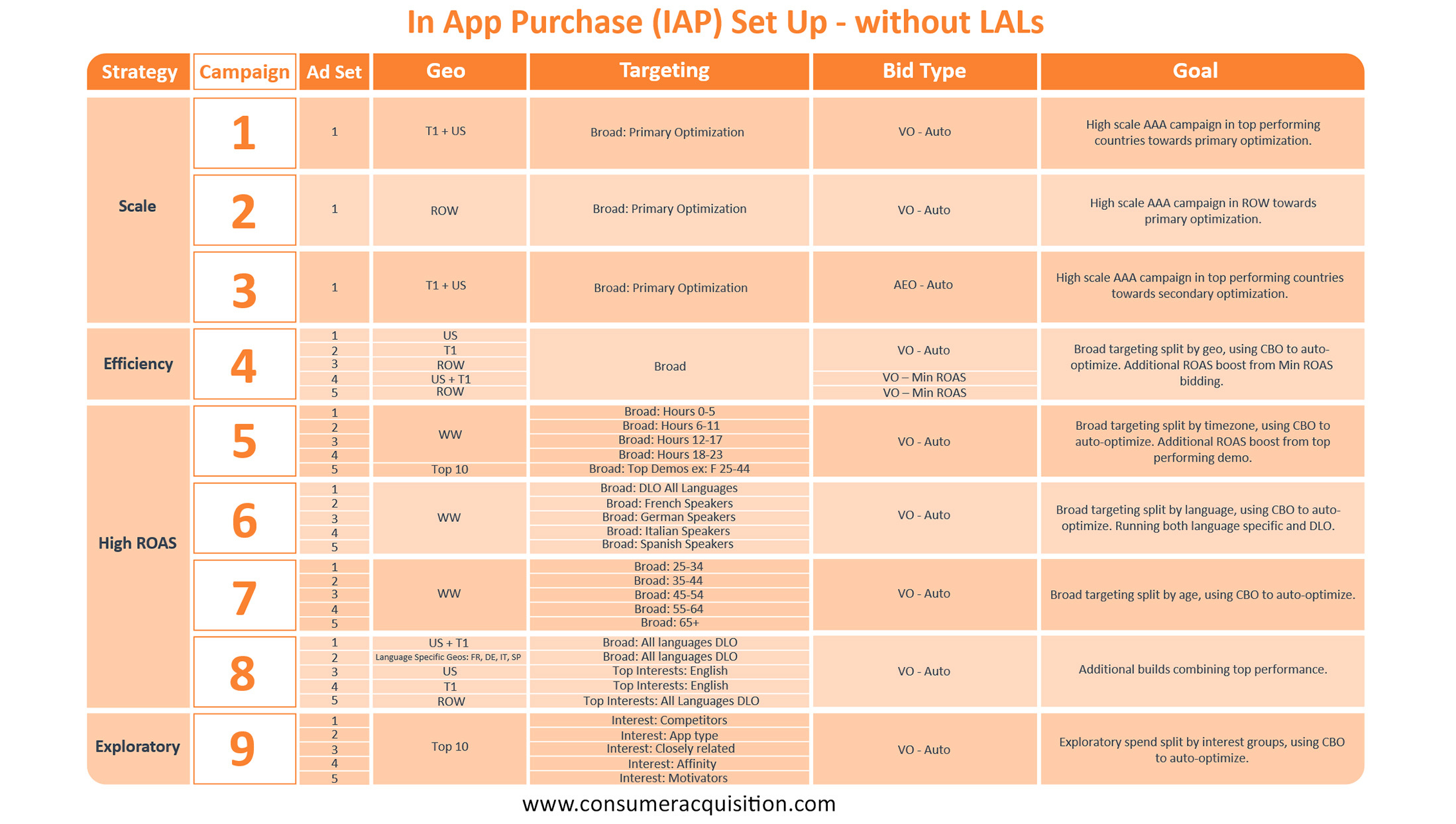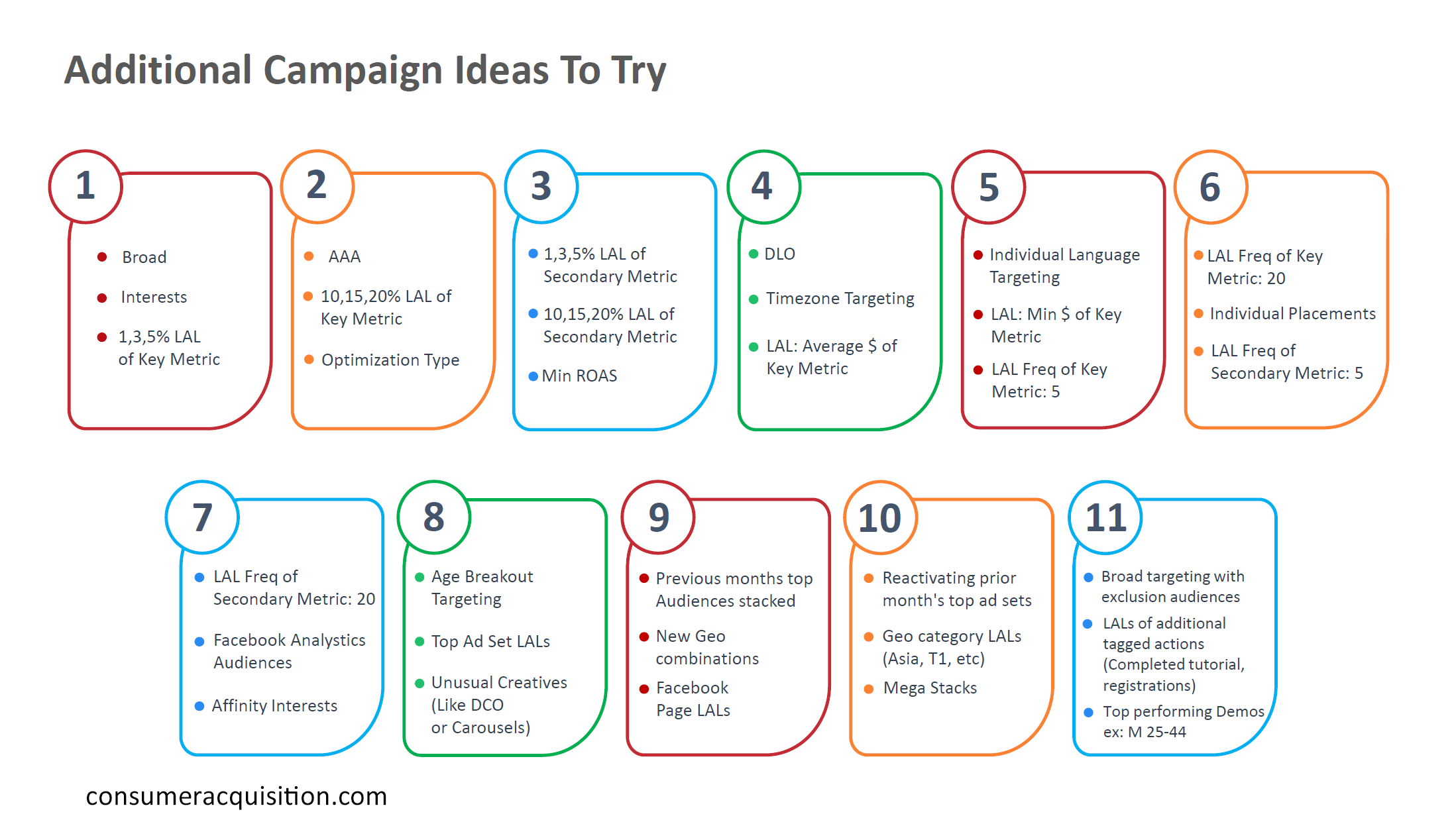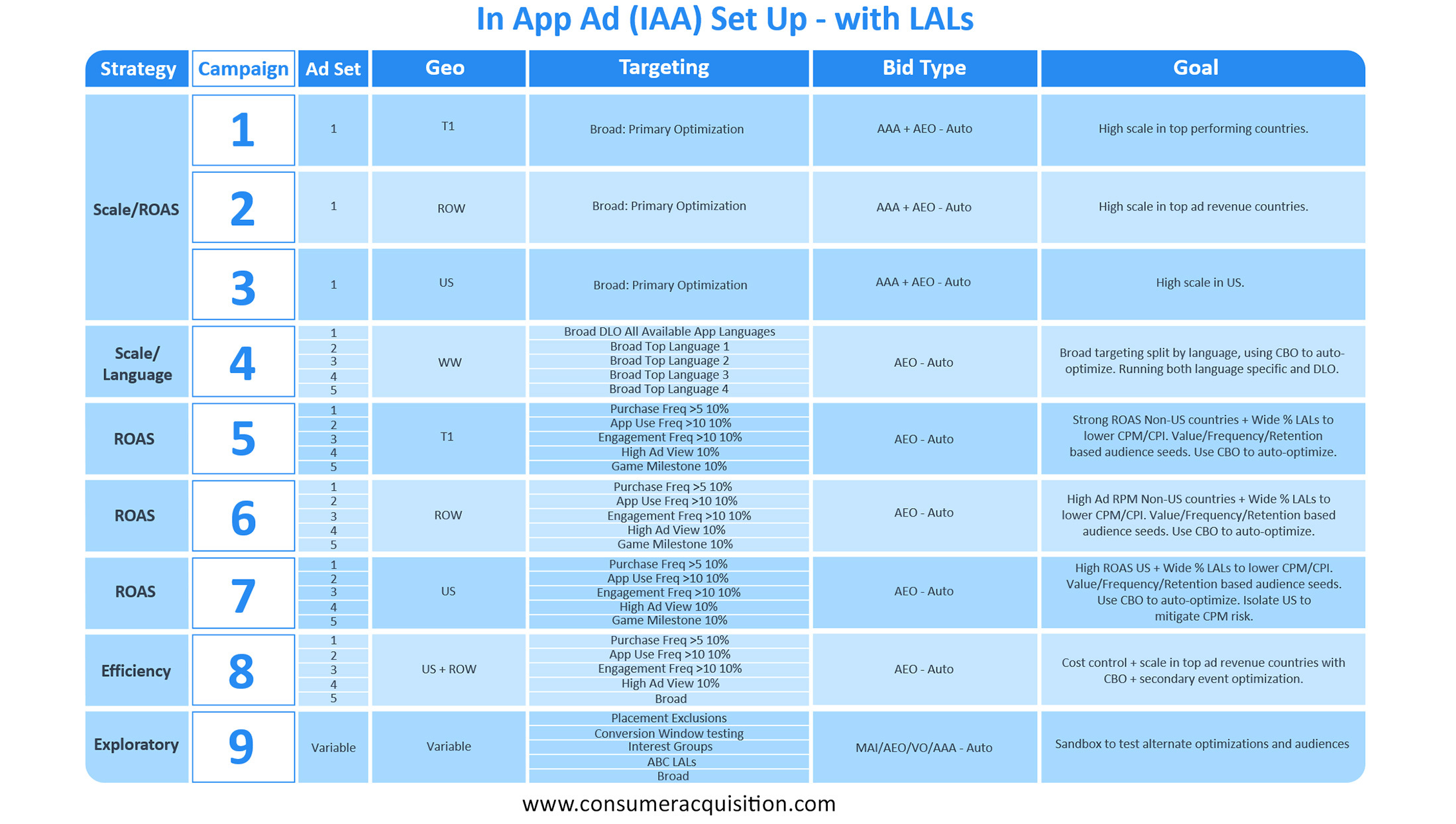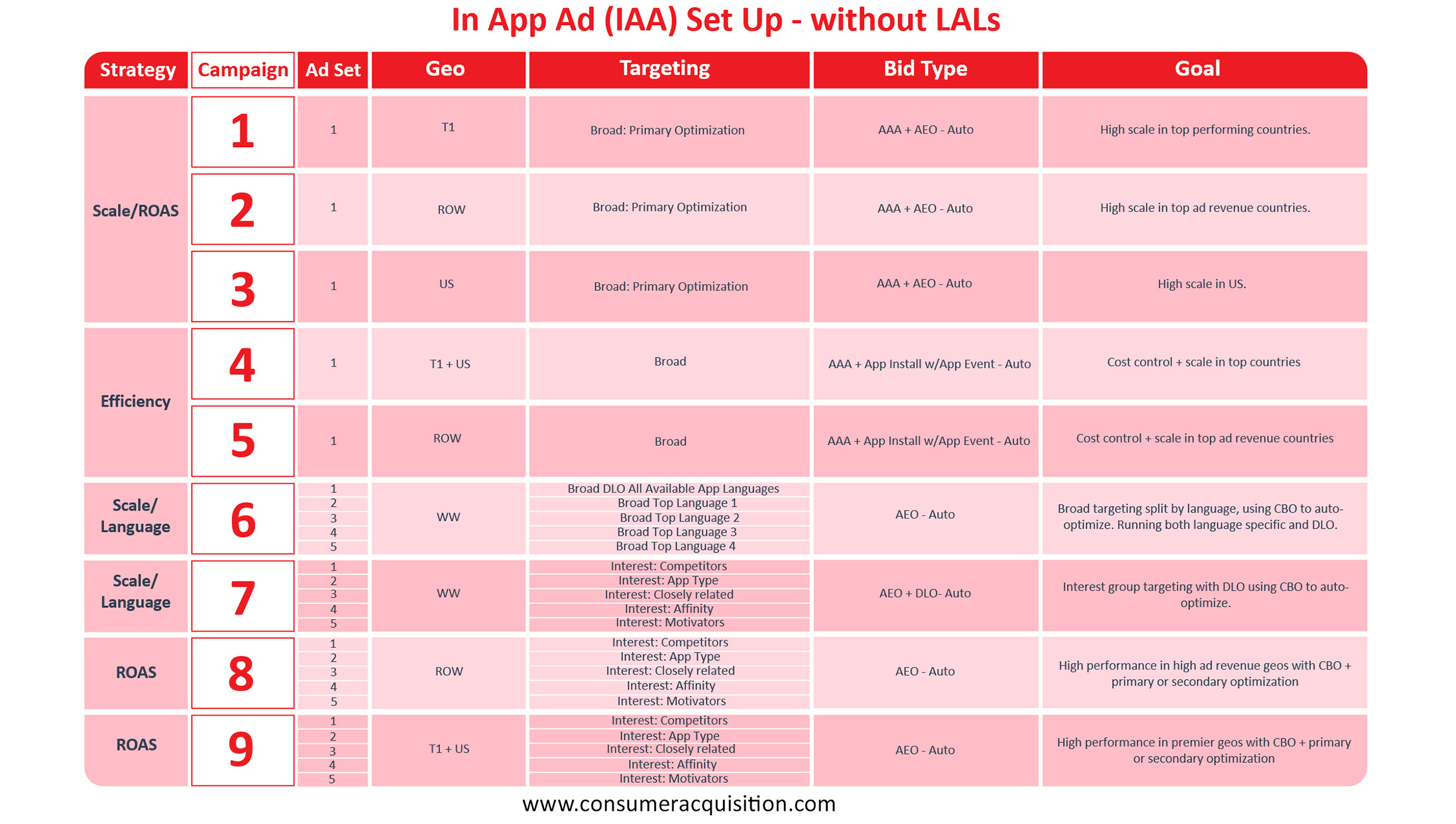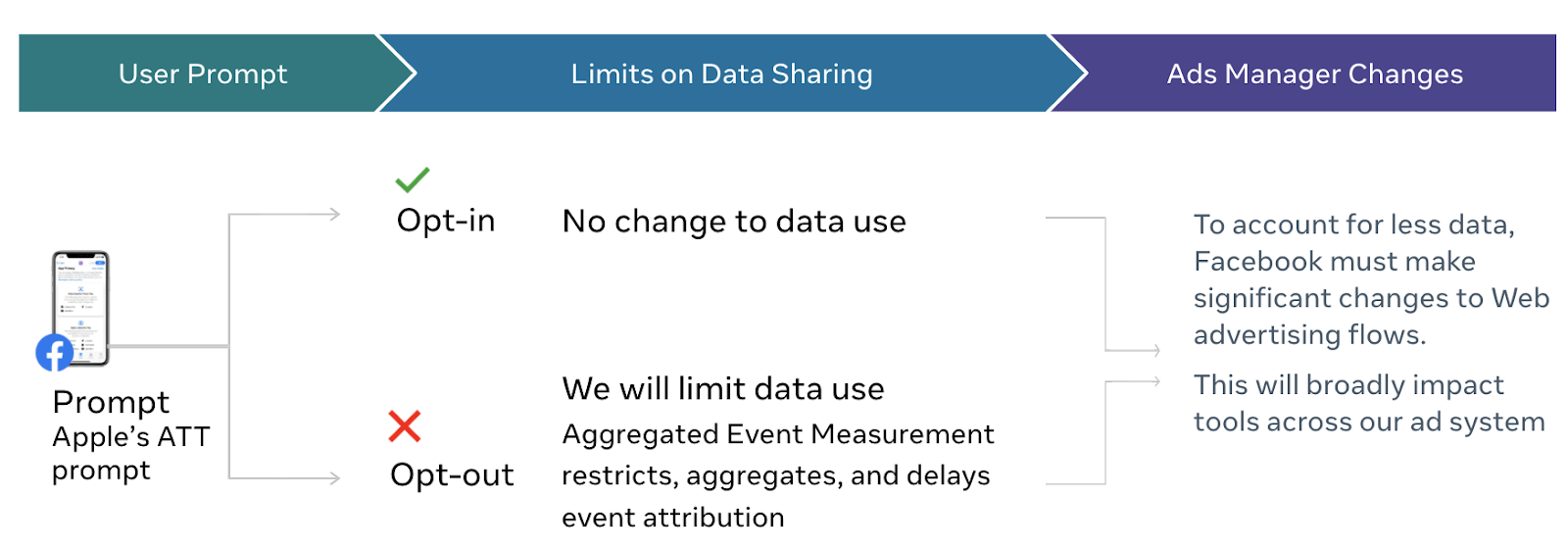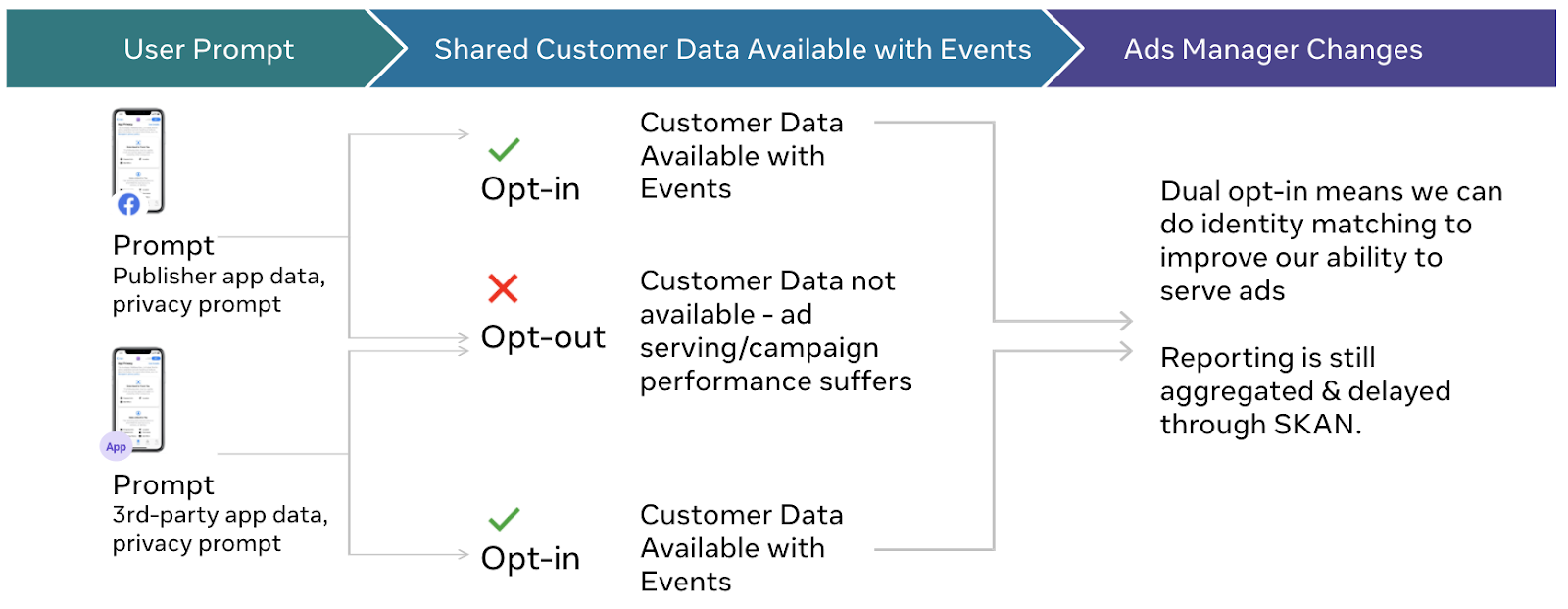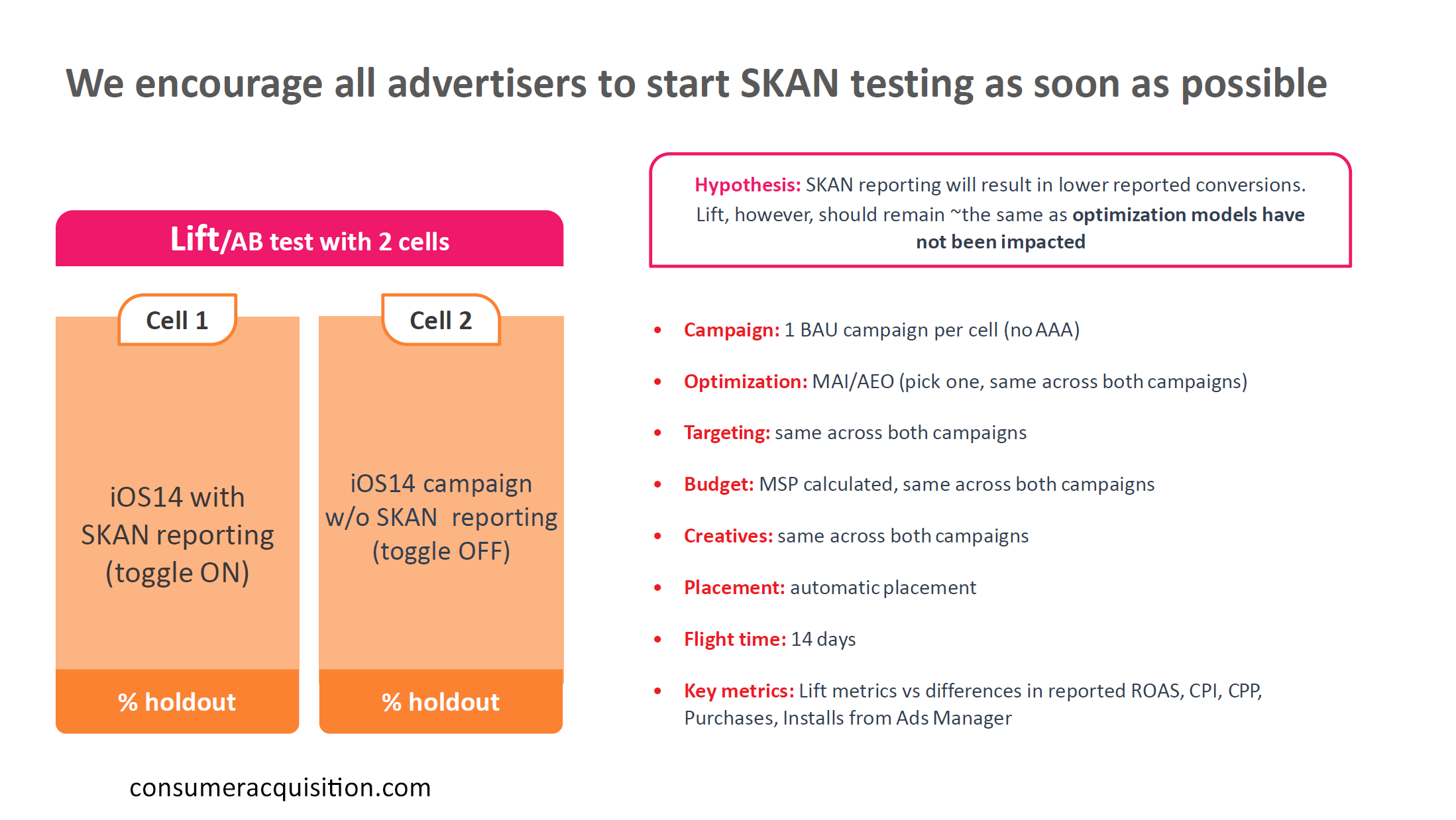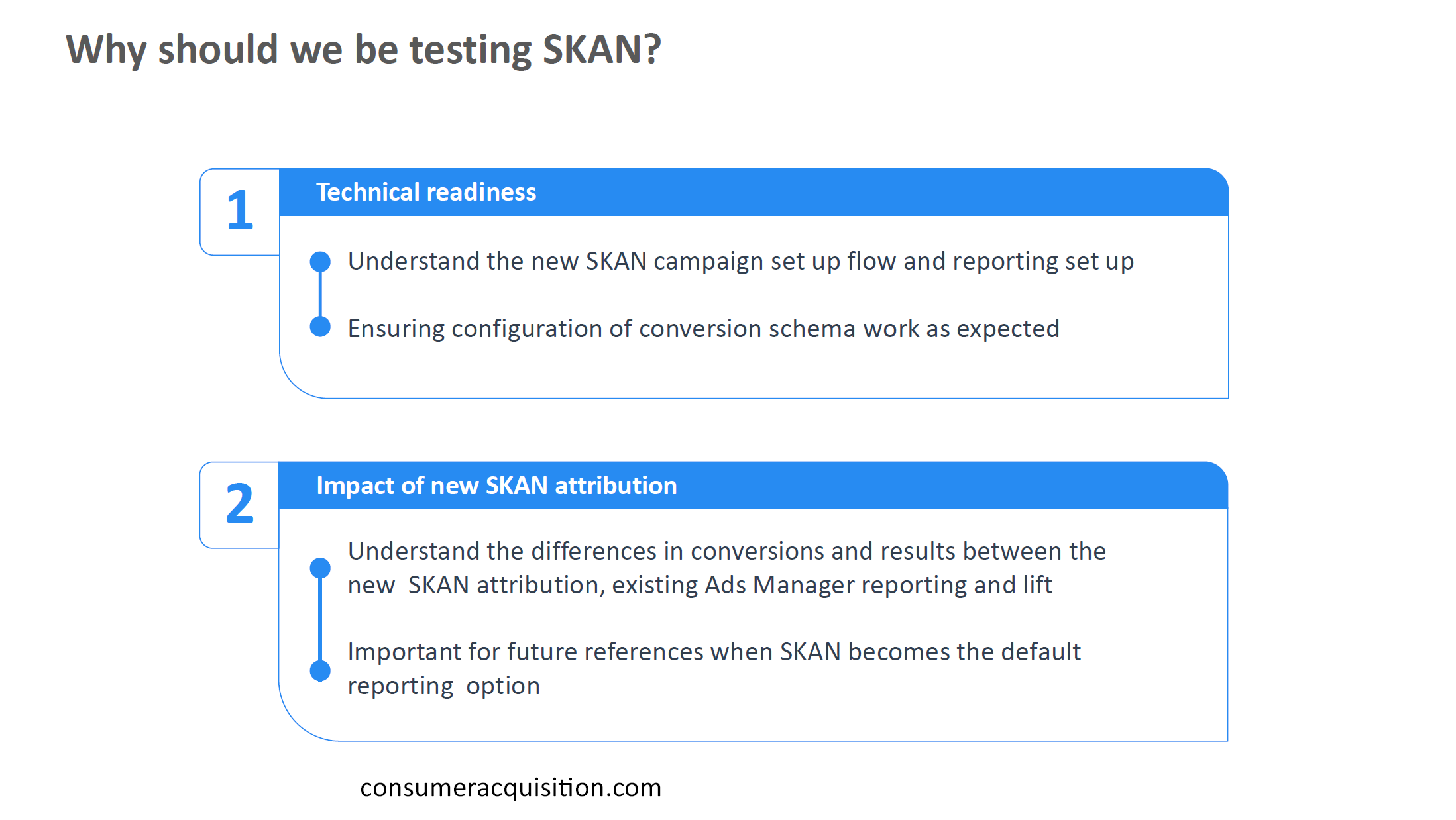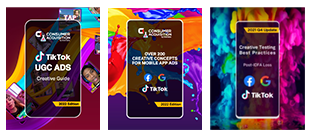It is certain now that Apple’s Identifier for Advertisers (IDFA) tracking is going away by early spring this year. But there is much uncertainty left among the mobile ecosystem of what comes in a post IDFA world. February 16, 2021, Facebook started imposing ad limits per page based on the highest amount of money advertisers spent in any month in 2020. This means your page may run as few as 250 ads or as many as 20,000 ads, depending on your spend last year.
No one knows exactly the level of impact to expect from the loss of IDFA. But, the fact remains that app publishers will need to diversify their campaign traffic across the mobile advertising network. This will mitigate the risk from any one network that may have weaker audience targeting.
This will mean that advertisers will diversify risk by spreading their resources across many more platforms than ever before. Including budget and creatives to campaign management and tracking resources. Advertisers will need to be more efficient to survive and thrive in a post-IDFA world.
It is an opportunity for app publishers to hone creative concepting, testing, and development skills. Then, efficiently take their winning creative across the network to outperform competitors.
Here is how to embrace the change in a post IDFA world, and prepare your creative strategy for the challenges ahead:
Mobile Ad Strategy in the Post IDFA World
Double-digit growth from any one channel is over. Whether or not it is Facebook, TikTok, Snap, Google, or the SDK ad networks. So, app publishers will have to diversify their campaign strategy across a multitude of platforms and marketplaces, period.
This expansion of ad channels may also put pressure on app development as well. Firebase is a backend service that provides developers with a variety of tools and services. It helps them develop quality apps, grow their user base through advertising, and earn a profit. It is also built on Google’s infrastructure but works for both iOS and Android apps. When Firebase is linked to advertising channels, it can help support tracking the target return on advertising spend (tROAS). This will be critical in the new post IDFA world of advertising.
The need to diversify is also being felt in more traditional media channels as well. As a result, over-the-top media services (OTT) are the belle of the ball right now. They bypass cable, broadcast, and satellite television gatekeeper platforms to instead stream media via the Internet directly to viewers. As advertisers need more effective ways to bring their campaigns to consumers across networks, technology like OTT is helping make this happen.
The Power of One Winning Creative
What does it mean to have a ‘winning’ creative? What is the value, and what can you do with it?
A ‘winning’ creative is an ad that outperforms all others when tested in the market. It’s truly a rare find, and the most impactful on your ad spend ROI.
We test a lot of creative. In fact, we produce and test more than 100,000 videos and images yearly for our clients. In addition, we have performed over 10,000 A|B and multivariate tests on Facebook and Google. After managing more than $3 billion in paid ad spend for our clients, we discovered that between 85-95% of all ads tested fail. So, only about one in 20 ad creatives is good enough to beat the current winning creative. And, that one winning creative is what is going to be used to convert and acquire customers cost-effectively.
When you need to keep feeding an increasing number of networks with effective, winning creative, it may seem like an overwhelming task. But we’ve developed our own approach to testing and producing winning concepts.
Here is how you can leverage our approach:
Creative Testing: Our Unique Way
When we test, our goal is to compare new concepts versus the winning video (control) to see if the challenger can outperform the champion. Why? If you cannot outperform the best ad in a portfolio, you will lose money running the second- or third-place ads.
Our testing process is designed to save both time and money by killing losing creatives quickly and to significantly reduce non-converting spend. Our process will generate both false negatives and false positives. We typically allow our tests to run between 2-7 days to provide enough time to gather data without requiring the capital and time required to reach statistical significance. And we always run our tests using our software, AdRules.
Statistical Significance vs Cost-Effectiveness
Let us take a closer look at the cost aspect of creative testing. In classic testing, you need a 95% confidence rate to declare a winner, exit the learning phase, and reach statistical significance. That is nice to have but getting a 95% confidence rate for in-app purchases may end up costing you $20,000 per creative variation.
Here is an example scenario: To reach a 95% confidence level, you will need about 100 purchases. With a 1% purchase rate (which is typical for gaming apps) and a $200 cost per purchase, you will end up spending $20,000 for each variation to accrue enough data for that 95% confidence rate. There are not a lot of advertisers who can afford to spend $20,000 per variation. Especially, if 95% of new creative fails to beat the control. In this example, with a cost of $20,000 per variation and a 95% failure rate, it would cost $400,000 just to find a new control. That is because we would have to test 20 variations to find the winner, and – as mentioned earlier – testing each variation costs about $20,000.
So, what should you do?
To avoid such high testing costs, we move the conversion event we are targeting up, or towards the beginning of the sales funnel. For mobile apps, instead of optimizing for purchases, we optimize for impressions per install (IPM). For websites, we would optimize for an impression to top-funnel conversion rate. This is our own methodology, designed to allow advertisers to find new, top-performing creative in the most cost-efficient and reliable way.
IPM Testing is Cost-Effective
A concern with our process is that ads with high CTRs and high conversion rates for top-funnel events may not be true winners for down-funnel conversions and ROI / ROAS. But while there is a risk of identifying false positives and negatives with this method, we would rather take that risk than spend the time and expense of optimizing for statistically significant bottom-funnel metrics.
To us, it is more efficient to optimize for IPMs vs. purchases. Most importantly, it means you can run tests for less money per variation because you are optimizing towards installs vs purchases. For many advertisers, that alone can make more testing financially viable. $200 testing cost per variation versus $20,000 testing cost per variation can mean the difference between being able to do a couple of tests versus having an ongoing, robust testing program.
So, the key takeaway for you here is to approach your creative testing process thoughtfully. Leverage as much of our recommended approach as you like and let us know if you have questions. Check out our latest creative testing whitepaper for more information.
Our 3-Step Creative Testing Process for IAP (In-App-Purchases)
Our 3-Step Creative Testing Process for IAA (In-App-Advertising)
Facebook Ad Account Restrictions Have Begun Rolling Out
In the past, you personalize ads by creating a high volume of creative and hoping the ‘winning’ one would be seen by your target audience. But with the ability to now creative dynamic formats and ad creative, personalization is done through machine learning-driven products and with optimal results.
The volume of active ads from your page correlates with the time needed for ad performance optimization. As a result, larger accounts may cause content to be stuck in the ‘learning phase’ for too long. Facebook claims that four in 10 ads fail to exit the learning phase in high-volume accounts. So, with a reduction in ad volume, you can expedite optimal ad performance.
The ad volume limit is based on the highest amount you spent in any month in 2020. Starting February 16, 2021, you will fall into one of the four groups listed below. Please see Facebook’s native tools for the date when your account(s) will transition to ad limits.
Best Practices to Maximize Creative Distribution and Minimize Production Work
- To maximize distribution across platforms while minimizing creative production, we recommend producing the following sizes of videos and images (in green).
Post IDFA Facebook Campaign/Account Structure Recommendations
- Suggestions for how to set up your iOS14 Account for In-App Purchase (IAP) apps and ideas for how it will evolve when lookalike audience performance erodes.
- Recommendations for how to set up your iOS14 Account for In-App Purchase (IAP) apps when lookalike audience performance erodes.
- Suggestions for how to set up iOS14 accounts for In-App Purchase (IAP) apps once your lookalikes have eroded and you have tried the above. Please note, these recommendations are not in order of priority and should be evaluated based on your app/audience and optimization techniques.
- Recommendations for how to set up your iOS14 Account for In-App Ads (IAA) apps, and ideas for how it will evolve when lookalike audience performance erodes.
- Suggestions for how to set up your iOS14 Account for In-App Ads (IAA) apps when lookalike audience performance erodes.
How We Can Help You Win Creatively in the Post IDFA World
Now is the time to focus on your creative strategy and prepare for the IDFA changes. We have also developed a library of guides to help you along the way. Each content piece details the best practices to drive creative concepting and development, auditing, and testing at scale. Check out our papers here:
- IDFA Armageddon Part 3
- The Definitive Guide to TikTok Ads 2021
- Facebook Creative Testing: Why Is The Control Video So Hard To Beat
- The Definitive Guide To Creative Trends For Mobile Game Advertisers in Summer 2020
Please reach out to sales@consumeracquisition.com if we can help with fresh creative or media buying on Facebook, Google, TikTok, Snap, and Apple Search Ads.


